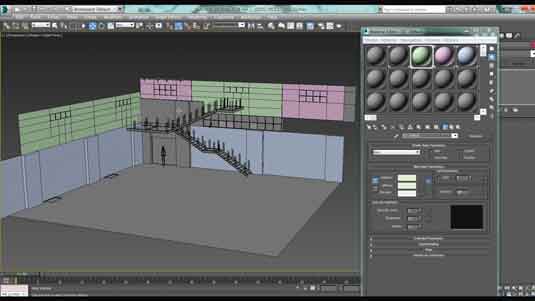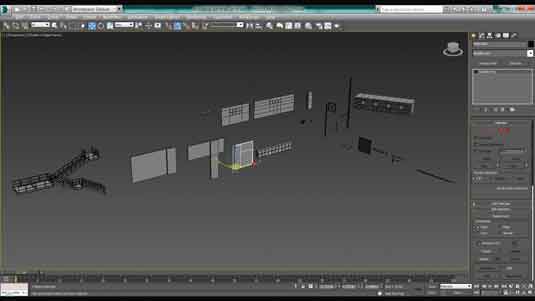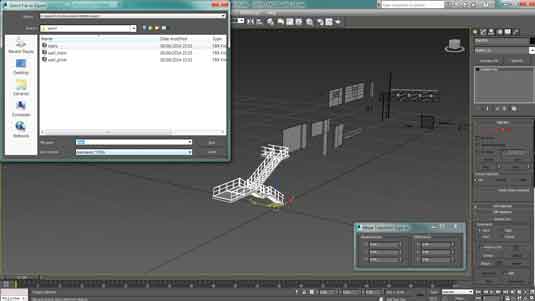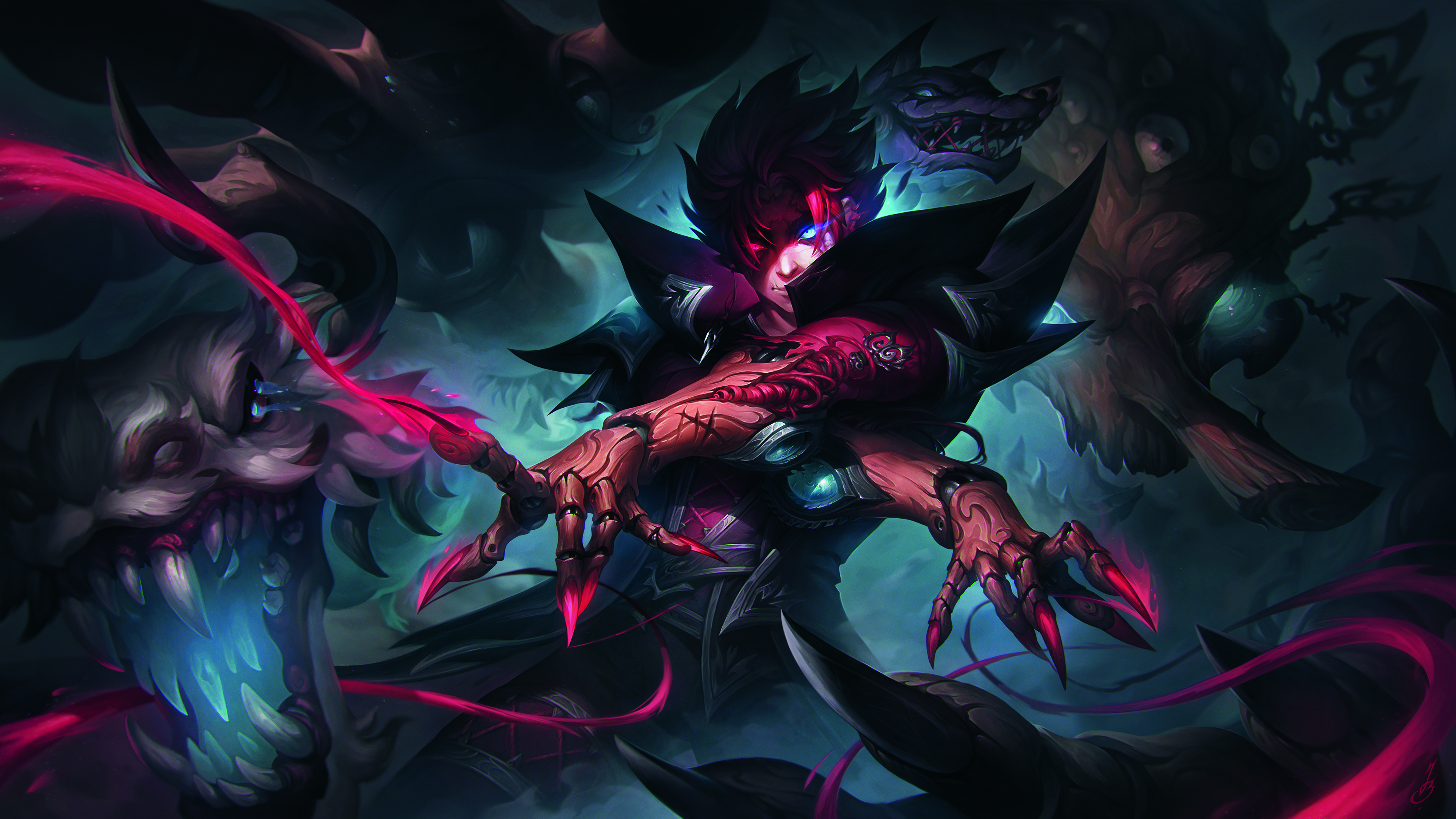How to create a basic game environment
In the first of a six-part series, Andrew Finch explains how to create a professional-looking environment for a video game.
04. Model modular pieces

Colour-code modular assets. Building your scene with modular assets is good for reusability in a games engine – it gives you creative freedom during production, making it easier to make changes when needed.
In this image, for example, the green meshes are the same asset, used multiple times with other modular pieces to create the warehouse wall.
TIP: Instance cloning
When duplicating modular assets, choose the instance clone method and all the clones will update with your poly edits automatically
05. Prepping modular pieces

Modular assets need to be set up in a particular way in order to be usable in the game editor. This image shows all my modular assets in an exploded view; all duplicates have been removed as they are no longer needed. The axis should be placed in a position that will make it easy to snap to other meshes. Here I have snapped my axis to the bottom left-hand corner of all of my assets.
06. Exporting process

It's very important that each mesh is centred at world zero before exporting, as this will stop positional errors when importing the asset into the editor – if the asset is offset from the axis it makes it difficult to place the assets. Unreal 4 imports .fbx files, so exporting from 3ds Max is easy.
With your asset selected, choose File>Export and name your asset in the location of your project, choosing .fbx as the type. Keep the export settings as default.
Daily design news, reviews, how-tos and more, as picked by the editors.
TIP: Using world zero
To centre assets to world zero, right-click the Move tool and then right-click on the spinners to 'zero them out'
Spline modelling: Meshes with Bezier curves

Spline modelling is a very powerful tool that allows on-the-fly changes to meshes with Bezier curves. It's perfect for handrails on staircases as used in this image, or creating dangling wires. It also generates mapping coordinates automatically which is a real timesaver.
Stay tuned to Creative Bloq, where we'll publish part two next week.
Words: Andrew Finch
Andrew Finch is a senior environment and lighting artist at Codemasters Game Studio in Birmingham. He has been in the industry for seven years.
This article first appeared in issue 187 of 3D World magazine.
Like this? Read these!
- How to land your dream job in animation
- Download free textures: high resolution and ready to use now
- Discover what's next for Augmented Reality

The Creative Bloq team is made up of a group of art and design enthusiasts, and has changed and evolved since Creative Bloq began back in 2012. The current website team consists of eight full-time members of staff: Editor Georgia Coggan, Deputy Editor Rosie Hilder, Ecommerce Editor Beren Neale, Senior News Editor Daniel Piper, Editor, Digital Art and 3D Ian Dean, Tech Reviews Editor Erlingur Einarsson, Ecommerce Writer Beth Nicholls and Staff Writer Natalie Fear, as well as a roster of freelancers from around the world. The ImagineFX magazine team also pitch in, ensuring that content from leading digital art publication ImagineFX is represented on Creative Bloq.
